“Design thinking” is one of the latest buzzwords in education. Proponents argue that design thinking is a tried and tested process for fostering innovation in education while critics suggest that it is the latest fad to sweep through, and will, like others before it, fade away. Irrespective of where one stands on this issue, because educational institutions and structures are human-created, they are amenable to design (and redesign). Thus, design thinking may be a useful tool for educators to explore. There is, however, less clarity on how design thinking unfolds in complex educational contexts.
In this article (titled: Complicating Design Thinking in Education: A University-School District Partnership to Design a School for the Future coauthored with Melissa Warr, Ben Scragg, Jeanne Powers, & Lok-Sze Wong) we ground our argument in an analysis of a specific case: a university-school district partnership that attempted to use a design thinking process to create a new model of school. You can read the complete (pre-press version) of the paper below – though I excerpt a few key ideas (about models of design thinking) in the next few paragraphs.
Firstly, we argue that most design thinking process models fail to adequately describe the richness, unpredictability, and messiness of design work as it plays out in the real world. We suggest that it may make sense, given the complex nature of the phenomena under study, that design researchers be open to multiple theories and perspectives to better understand design in education. More importantly, using more than one approach provides a deeper and more nuanced view of design.
In particular, we argue that there are two different ways of conceptualizing design—a distinction that is often overlooked. The first is through the lens of process models, such as the d.school model or the double diamond model (IDEO design thinking, n.d.). These models describe design as a process that includes a series of steps or stages and focus on how design happens.
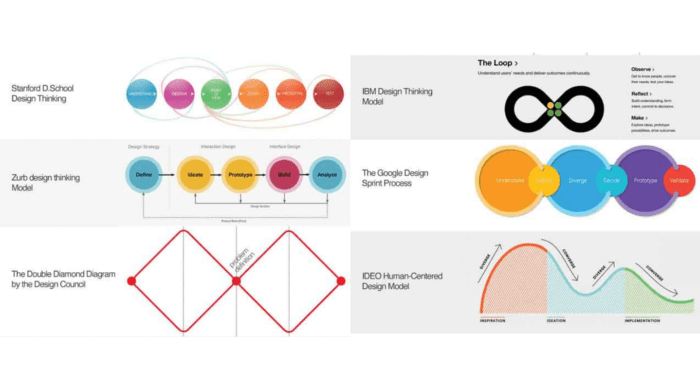
In contrast to process models are what we call domain models, which identify the space or domain within which design occurs (e.g., Buchanan, 2019; Golsby-Smith, 1996; Warr et al., 2020). Domain models offer ways to think and talk about design in terms of where design occurs. These two forms of design thinking models (process and domain) provide contrasting lenses through which to understand design.
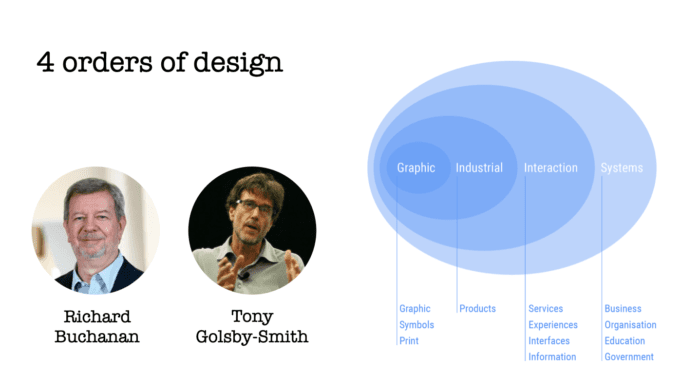
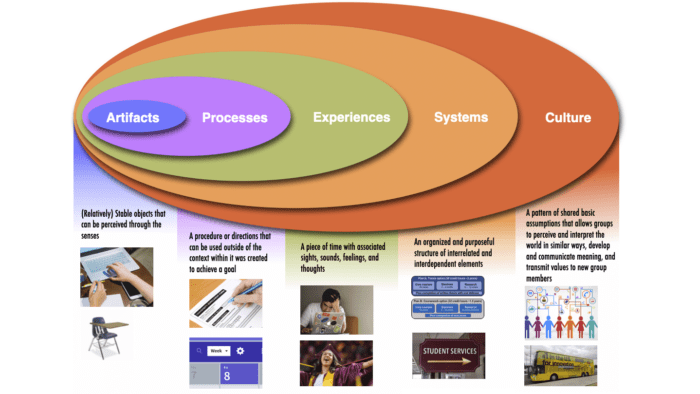
In brief, we argue that design is a complex human activity and any attempt to capture it through abstracted representations (whether process models or domain models) is doomed to fail. That is not to say that these models are not useful. We suggest that it is by combining these two models—one focused on a collaborative process of understanding and redefining problems and solutions, and the other supporting a systemic perspective for thinking and talking about what is designed and the interactions across and external to the design process—we can develop a more nuanced understanding of design in education and support effective design in educational spaces.
Warr, M., Mishra, P., Scragg, B., Powers, J., & Wong, L-S. (2022). Complicating Design Thinking in Education: A University-School District Partnership to Design and School for the Future. In Sanzo, K. L. & Scribner, J. P. (Eds.), Design Thinking: Research, Innovation, and Implementation. Information Age Publishing.
Abstract: In this chapter, we apply two types of design models (process and domain) in an analysis of a university-school district design partnership. Design thinking process models outline how to design, while design domain models illustrate what is designed and the interactions of multiple types of designs. A design team from the university led monthly sessions with a group of stakeholders from the school district to design a new school model. Although the design team attempted to follow a design thinking process, the models describing design thinking failed to reflect the complexities of what occurred. We outline four complexities of the design partnership: finding the problem is the biggest problem, ideation is not just for finding potential solutions, design does not occur in a vacuum, and designing systems cannot be done piecemeal. We consider each from the lens of design process models and design domain models. Using the two lenses together enriched our understanding of the nuances and complexities of multi- stakeholder design in education.

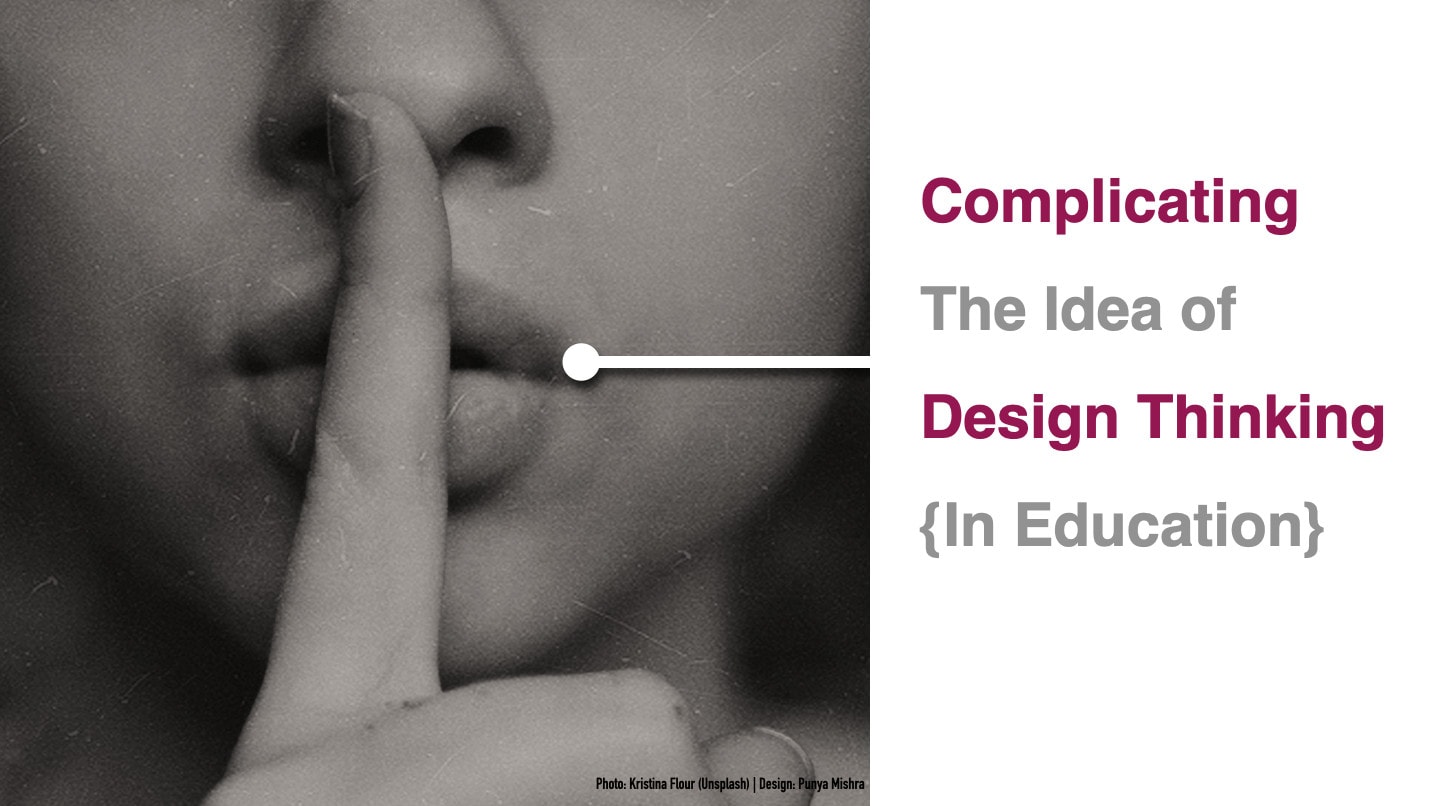
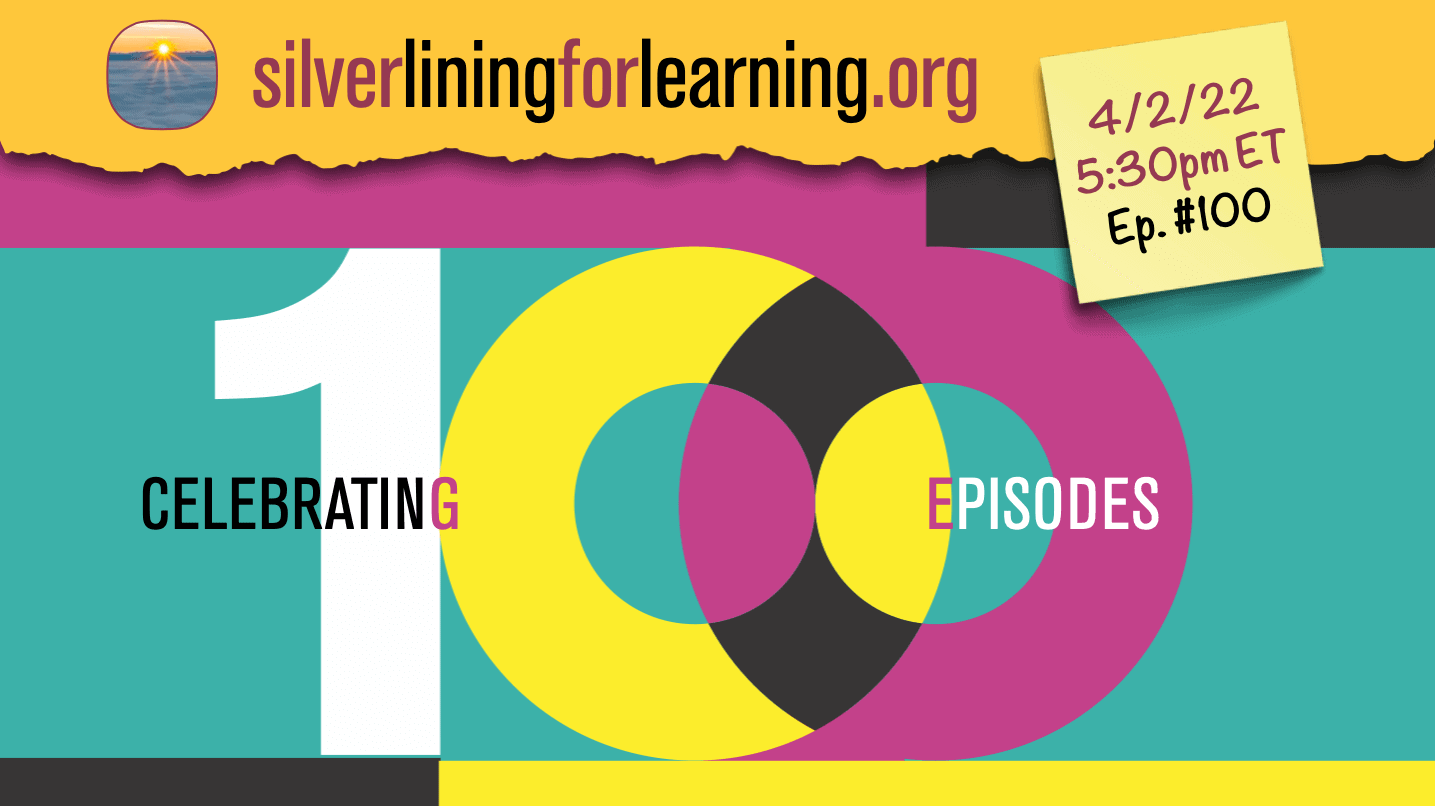

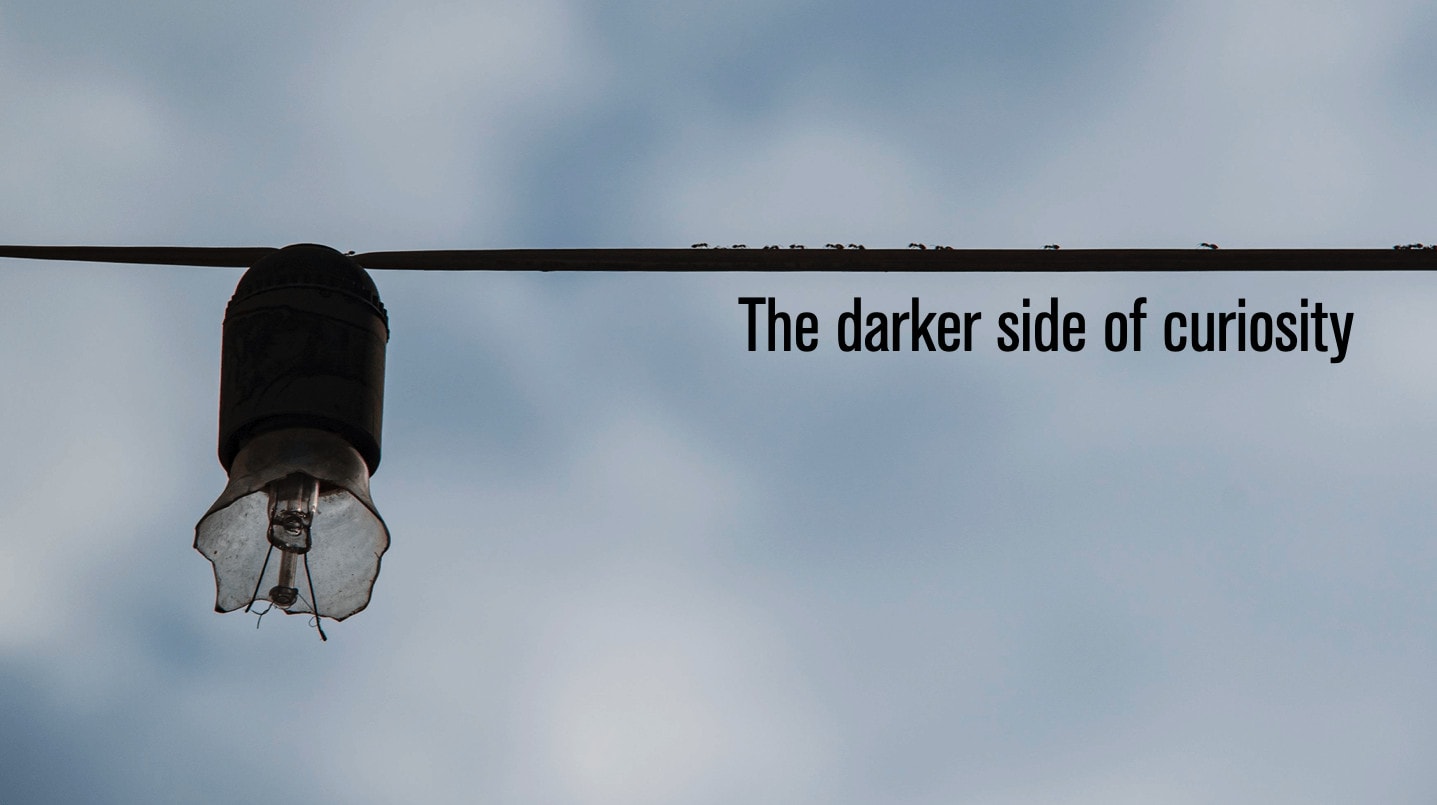

0 Comments